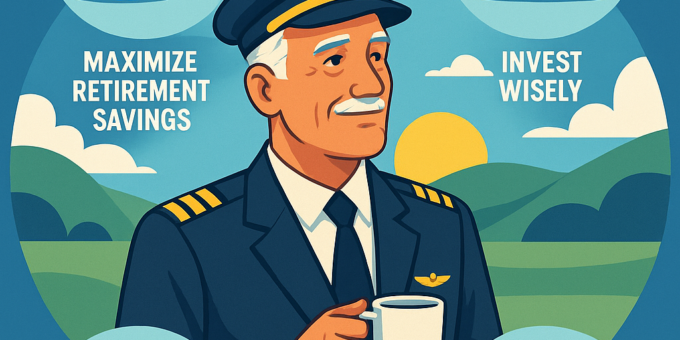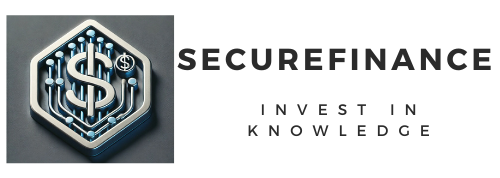
Flying high above the clouds, pilots of premium airlines enjoy one of the most admired careers in the world. Yet, when the wheels touch down on the final flight, many realize that securing a comfortable retirement requires as much preparation as piloting a jetliner. For pilots, unique factors like mandatory retirement age, health standards, and industry-specific pensions make retirement planning a specialized mission. In this guide, you’ll discover actionable strategies to help pilots soar into retirement with confidence, peace, and prosperity.
Comfortable Retirement for Airline Pilots
For pilots, retirement is not just about saving money; it’s about maintaining a lifestyle earned over decades of hard work. With travel benefits, unique pension structures, and sometimes inconsistent pay scales, pilots need tailored financial plans to match their elite profession. The dream? Retire comfortably, on time, and without turbulence.
Starting Early: A Pilot’s Biggest Advantage
Pilots who start retirement planning early harness the magic of compounding interest. Even small contributions made during the early years of a flying career can grow exponentially over time. Think of each dollar invested early as an engine fueling future financial freedom.
Simple tip: Begin with even 10% of your income in your 20s, and bump it up with every promotion.
Understanding Airline Pension Plans
Not all airline retirement plans are created equal. While legacy carriers might offer Defined Benefit Plans, many newer airlines lean toward Defined Contribution Plans like 401(k)s. Understanding your specific plan—whether it promises a fixed payout or relies on your contributions—helps you plan more accurately.
| Type of Plan | Description | Pilot Tip |
|---|---|---|
| Defined Benefit | Guarantees a set payout | Verify your years-of-service formula |
| Defined Contribution | Invests your money, no guarantees | Max out contributions yearly |
How to Maximize Employer Retirement Benefits
Many airlines match a portion of pilots’ contributions. That’s free money on the table! Always contribute at least enough to capture the full match. Missing out is like turning down a bonus every single paycheck.
Pro insight: Check your airline’s vesting schedule so you know how long you must stay to keep matched contributions.
The Importance of Supplemental Savings
Your airline’s plan shouldn’t be your only basket. Opening a Roth IRA or Traditional IRA allows additional tax-advantaged savings. Plus, taxable brokerage accounts provide flexibility if you want to retire early and need funds before 59½.
Investment Strategies Tailored for Pilots
Given the cyclical nature of aviation, a diversified portfolio is critical. Spread investments across stocks, bonds, real estate, and alternative assets. This way, if one sector nosedives, others can keep you cruising smoothly.
Pilot’s checklist:
-
60% Stocks
-
30% Bonds
-
10% Alternative Assets
Adjust based on age and risk tolerance.
Managing Career Risks to Protect Retirement
Flight certifications, medical checks, and airline bankruptcies are real risks. Disability insurance tailored for pilots protects against loss of income. Regular health checkups and a backup career plan—such as aviation consulting or teaching—also act as strong safety nets.
You Can Also Read : Wealth Planning for Flight Attendants in First-Class and Private Aviation
Planning for Health Insurance in Retirement
Medicare doesn’t kick in until 65, but pilots might retire earlier. Some airlines offer retiree health benefits; others don’t. Private insurance or COBRA coverage are common interim solutions. Budgeting for healthcare is non-negotiable.
